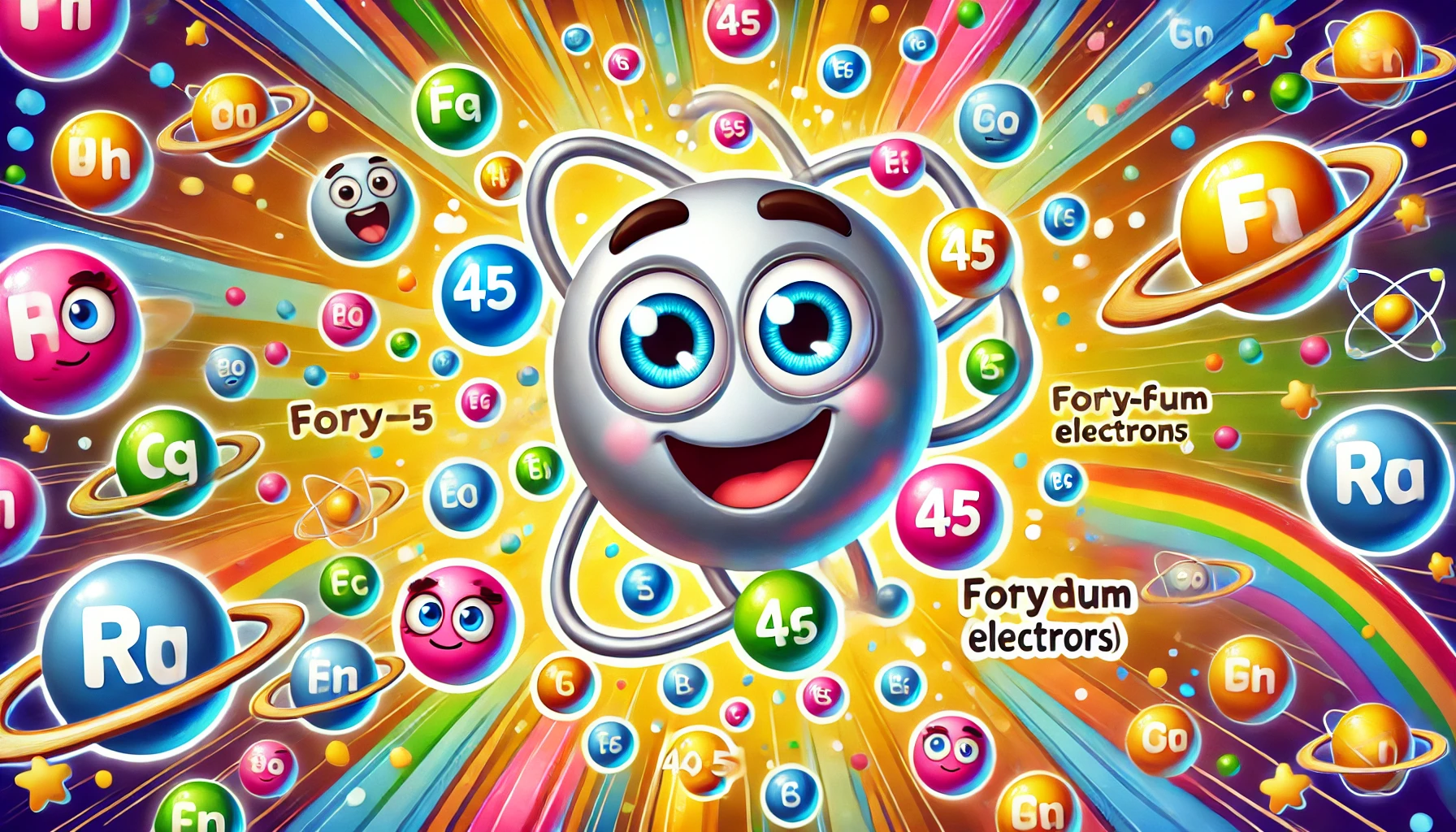Understanding Rhodium: Properties, Uses, Health Risks, and Fascinating Facts
Understanding Rhodium: Properties, Uses, Health Risks, and Fascinating Facts
Table of Contents
- Introduction to Rhodium
- Properties of Rhodium
- Uses of Rhodium
- Health Risks of Rhodium Exposure
- Interesting Facts about Rhodium
- Environmental Impact of Rhodium
- Conclusion
- References
Understanding Rhodium: Properties, Uses, Health Risks, and Fascinating Facts
Introduction to Rhodium Rhodium is a chemical element with the symbol Rh and atomic number 45. It is a rare, silver-white metallic element belonging to the platinum group of metals. Rhodium is highly reflective and resistant to corrosion, making it valuable in various industrial applications. This article explores the properties, uses, health risks, and interesting facts associated with rhodium, providing a comprehensive understanding of this precious metal.
Properties of Rhodium Rhodium is characterized by several distinct physical and chemical properties.
Physical Properties
- Appearance: Rhodium is a hard, lustrous, silver-white metal.
- Density: The density of rhodium is 12.41 g/cm³.
- Melting Point: Rhodium has a high melting point of 1,964°C (3,567°F).
- Boiling Point: The boiling point of rhodium is 3,695°C (6,683°F).
Chemical Properties
- Reactivity: Rhodium is highly resistant to corrosion and oxidation, even at high temperatures. It does not tarnish in air and is not affected by most acids.
- Compounds: Rhodium forms various compounds, such as rhodium trichloride (RhCl₃), rhodium dioxide (RhO₂), and rhodium sulfate (Rh₂(SO₄)₃).
Uses of Rhodium Rhodium has numerous applications across different industries due to its unique properties.
Automotive Industry
- Catalytic Converters: Rhodium is used in catalytic converters in automobiles to reduce harmful emissions by converting nitrogen oxides into nitrogen and oxygen. It is highly effective at this task, making it essential for meeting environmental regulations.
Jewelry
- Plating: Rhodium is used for plating jewelry, particularly white gold and platinum, to enhance their appearance and increase their resistance to tarnish and scratches. Rhodium-plated jewelry is known for its bright, reflective finish.
Electronics
- Electrical Contacts: Rhodium is used in electrical contacts and connectors due to its excellent conductivity and resistance to wear and corrosion. It is often used in high-precision applications, such as in measuring instruments and high-quality connectors.
Chemical Industry
- Catalysts: Rhodium is used as a catalyst in various chemical reactions, including the production of acetic acid, hydrogenation, and hydroformylation processes.
Glass Manufacturing
- Glass Production: Rhodium is used in the production of glass, particularly fiberglass, to improve the quality and durability of the final product.
Health Risks of Rhodium Exposure Rhodium is generally considered to have low toxicity, but there are some health risks associated with exposure to rhodium compounds and dust.
Inhalation and Ingestion
- Respiratory Irritation: Inhalation of rhodium dust or fumes can cause respiratory irritation, coughing, and shortness of breath.
- Gastrointestinal Issues: Ingestion of rhodium compounds can cause gastrointestinal irritation, including nausea and vomiting.
Skin and Eye Contact
- Skin Irritation: Direct contact with rhodium compounds can cause skin irritation and dermatitis.
- Eye Irritation: Exposure to rhodium dust or solutions can cause eye irritation and potential damage.
Chronic Exposure
- Organ Effects: Prolonged exposure to high levels of rhodium compounds may affect the kidneys, liver, and other organs.
Interesting Facts about Rhodium Rhodium has several intriguing aspects that make it an interesting element.
Discovery
- Discovered in 1803: Rhodium was discovered by English chemist William Hyde Wollaston in 1803. He named it after the Greek word “rhodon,” meaning rose, due to the rose-colored solutions of its salts.
Unique Properties
- Reflectivity: Rhodium is one of the most reflective metals, making it valuable for use in mirrors, searchlights, and other optical instruments.
- Corrosion Resistance: Rhodium’s excellent resistance to corrosion and oxidation makes it ideal for high-stress environments.
Isotopes
- Stable Isotopes: Rhodium has only one naturally occurring stable isotope, rhodium-103.
- Radioactive Isotopes: Several radioactive isotopes of rhodium are known, including rhodium-106, which is used in some industrial applications.
Environmental Impact of Rhodium Rhodium is not known to have significant environmental impacts, but its extraction and use should still be managed responsibly.
Natural Occurrence
- Abundance: Rhodium is extremely rare in the Earth’s crust and is typically found in ores containing other platinum group metals, such as pyroxenite and pentlandite.
- Mining: Extraction of rhodium must be done carefully to avoid environmental damage and ensure sustainable practices.
Industrial Waste
- Waste Management: Proper disposal of rhodium-containing industrial waste is crucial to prevent environmental contamination.
Conclusion Understanding rhodium, its properties, uses, health risks, and interesting facts provides valuable insight into this precious metal. While rhodium is generally safe with low toxicity, appropriate safety measures should be taken when handling rhodium compounds and dust. Its applications in the automotive industry, jewelry, electronics, and chemical processes highlight its importance in modern technology and industry.

<ⓒ WizardMedics (wizardmedics.com)>






